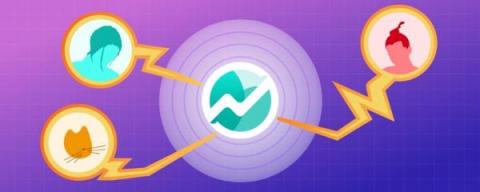8 Tips for Product Discovery that Actually Work
Does your product team sit around with little work to do, wondering what you’re going to do next quarter? Yeah, I didn’t think so. If there’s one thing that product teams all have in common is that they all suffer from the opposite problem – too many things to do.









